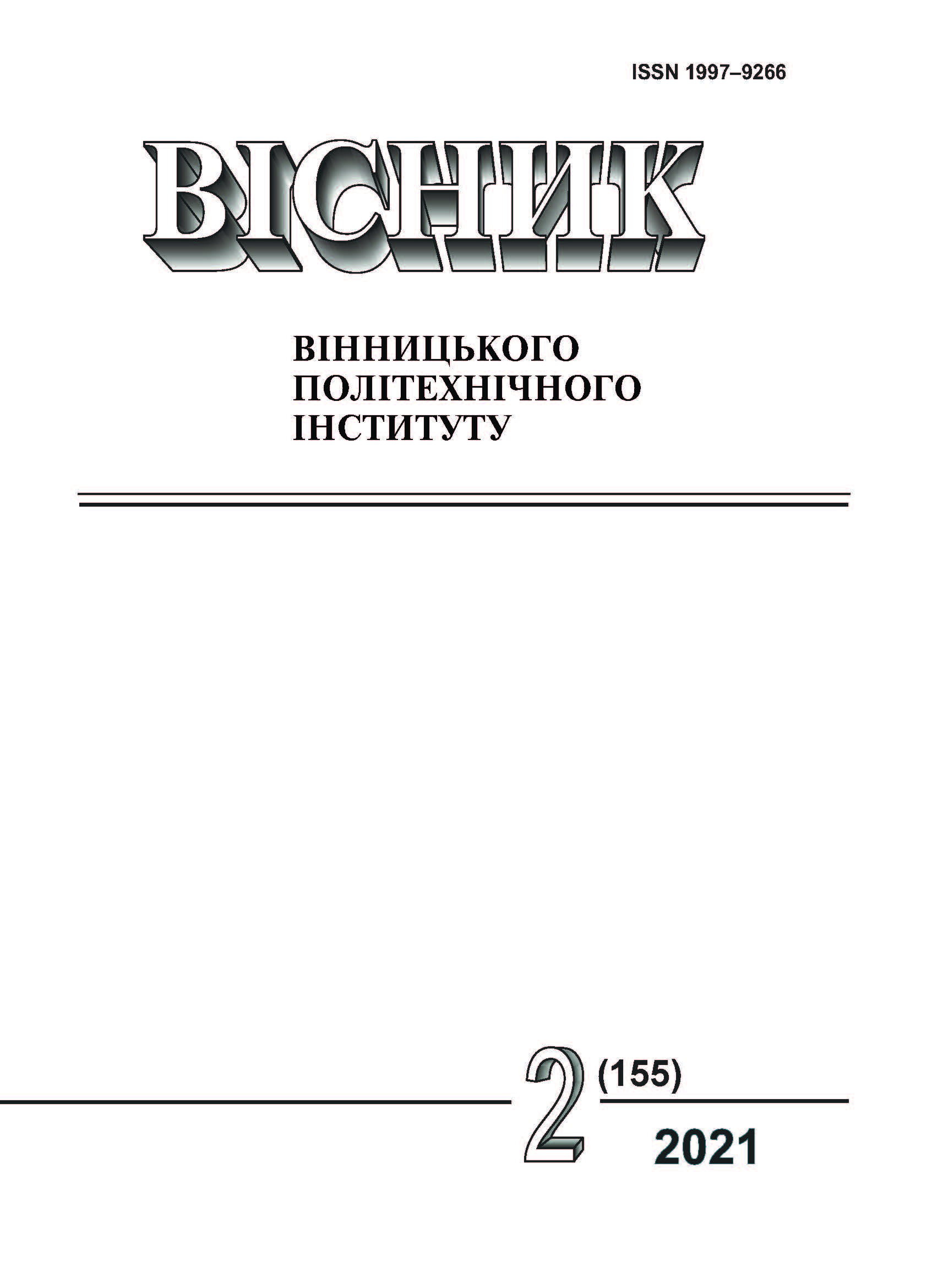Determination of Power Supply System for Low Voltage Single Phase Electric Consumers of Overhead Power Lines 220/380 V
DOI:
https://doi.org/10.31649/1997-9266-2021-155-2-45-53Keywords:
overhead line, single-phase, two-phase, power supply system, single-phase electric receiver, maximum length of overhead linesAbstract
Two-phase three-wire and single-phase two-wire branches from main three-phase lines are integral components of three-phase four-wire systems. Therefore, the aim of this work is to choose the optimal power supply system for single-phase electrical receivers depending on their power and branch length. The comparison of single-, two- and three-phase power supply systems of single-phase electric receivers is carried out and analytical expressions are obtained to determine power losses, phase voltage loss and wire cross section for allowable voltage loss at the same total active load power and its equal distribution between phases. Based on the obtained expressions, the total power losses, voltage loss in phase and neutral wires for different power supply systems are analyzed. In the transition from a three-phase four-wire power supply system of single-phase electric receivers to a single-phase two-wire or two-phase three-wire system with the same total load power and equal load phases with wire cross sections selected for allowable voltage loss, power loss and phase voltage with a corresponding decrease in their active resistance. It is shown that in some cases the use of single-phase and two-phase branches saves conductive materials in comparison with the three-phase linear branch, the cross section of which is inflated due to the need to ensure the condition of mechanical strength. The dependences of the limiting length of three-phase and single-phase overhead insulated lines, which corresponds to the allowable voltage loss, on the active load power are calculated. It is shown that the limiting length of three-phase linear branches significantly exceeds the limiting lengths of single-phase and two-phase branches at the same load power. The optimal version of the power supply system should be selected on the basis of technical and economic calculation depending on the load capacity, line length and allowable voltage loss.
References
Міненерговугілля України. Правила улаштування електроустановок: 6-те вид., перероблене та доповнене. Київ, Україна, 2017, 617 с.
А. А. Глазунов, и А. А. Глазунов, Электрические системы и сети, учеб. пос. Москва: ГЭИ, 1960, 368 с.
И. А. Будзко, Электрические сети, 3-е изд., переработанное и дополненное. Москва: Колос, 1967, 328 с.
Л. И. Петренко, Электрические сети и системы. Киев: Вища школа, 1981, 320 с.
В. М. Блок, Электрические сети и системы. Москва: Высшая школа, 1986, 432 с.
S. Leschenko, “Single-phase loads distribution in a three-phase low-voltage network,” in 11th International Conference on Electrical Power Quality and Utilisation, Lisbon, 2011, pp. 1-5. https://doi.org/10.1109/EPQU.2011.6128935.
J. Cristina Oliveira Fandi, J. Rubens Macedo, I. Nogueira Gondim, J. Carlos Oliveira and G. Caixeta Guimaraes, “Two-Wire Distribution System for Power Supply to Three-Phase Rural Facilities,” in IEEE Latin America Transactions, vol. 12, no. 2, pp. 182-189, March 2014, https://doi.org/10.1109/TLA.2014.6749536 .
J. Nuno Fidalgo, C. Moreira and R. Cavalheiro, “Impact of Load Unbalance on Low Voltage Network Losses,” in 2019 IEEE Milan PowerTech, Milan, Italy, 2019, pp. 1-5, https://doi.org/10.1109/PTC.2019.8810710 .
Downloads
-
PDF (Українська)
Downloads: 235
Published
How to Cite
Issue
Section
License

This work is licensed under a Creative Commons Attribution 4.0 International License.
Authors who publish with this journal agree to the following terms:
- Authors retain copyright and grant the journal right of first publication.
- Authors are able to enter into separate, additional contractual arrangements for the non-exclusive distribution of the journal's published version of the work (e.g., post it to an institutional repository or publish it in a book), with an acknowledgment of its initial publication in this journal.
- Authors are permitted and encouraged to post their work online (e.g., in institutional repositories or on their website) prior to and during the submission process, as it can lead to productive exchanges, as well as earlier and greater citation of published work (See The Effect of Open Access).





